Tesco's continuous replenishment drive will create a distribution system second to none says Sarah Hardcastle
On shelf availability of 99% is the aim of Tesco's continuous replenishment (CR) distribution operation for food and drink which the multiple has been phasing in to all its UK stores over the last year.
The availability statistic is the only hard fact that Graham Booth, director for supply chain development, is prepared to divulge about the CR operation which has taken four years to bring to fruition. "I can't give you that. We want to maintain our competitive edge," he responds, when pressed to give figures on how the operation is run, the reductions in stockholding it will provide, and the cost savings it has brought so far.
Booth has good reason for keeping his cards close to his chest. When fully implemented, which will be by the end of this year, the CR operation will give Tesco one of the most advanced distribution systems in the world, putting it streets ahead of the competition.
Continuous replenishment is a fundamental step change from the sales order based systems currently in wide use, which entail batch processing data from stores at the end of the day for overnight ordering and delivery within the next 24/48 hours.
In theory, CR entails pulling sales data off hourly, enabling orders to be adjusted to meet demand during the day. Orders are then picked and filled throughout the day, reducing lead times to eight hours and increasing on shelf availability. Reductions in stock holding (as much as 25% according to some industry estimates) is another prime benefit.
Booth says implementation has entailed a complete rethink and reorganisation of every facet of the supply chain, from the way in which stock is delivered, packaged, handled and replenished, to staff work patterns, supplier involvement and distribution centre practices. Central to it is a new CR sales ordering system.
"Availability on shelf has been the guiding principle," says Booth. "But the target varies according to product group. From experience we've arrived at the optimum time for taking sales readings, which again varies according to product group. For dry grocery it is twice a day.
"The number of deliveries hasn't changed, but the way in which they're done has. It's all about phasing. For example, under the old system, if a store wanted 100 cases of lettuce we would've delivered them in one batch. Now we would split them, doing, say, 60 in the morning and 40 in the afternoon, according to demand. In the second wave we respond to demand by increasing or decreasing the quantity. It is a much more flexible and reactive system which also reduces back room congestion and stock holding."
With stock moving straight from the delivery vehicle to the shop floor in many cases, stock handling is reduced, resulting in savings in labour costs at store level.
The most visible element of this has been the introduction of wheeled merchandising dollies for high volume lines, such as carbonates, which take products from point of manufacture to shop floor sale. Booth calls this "one touch stock" because products remain untouched in the supply chain until they are picked up by the customer. "They've reduced damage because there's less handling, and they're easier for staff to use," says Booth.
"Suppliers have been magnificent in co-operating with this development. And they've reaped the benefits in seeing stock continually on sale. We had great success this Christmas with potatoes on dollies."
Currently 40 lines are merchandised from dollies, with the number likely to increase. "We've ruled nothing out, though we wouldn't put on slow moving heavy items like pickled onions," adds Booth.
Following a pilot in eight stores in late 1999, dry grocery was the first area to go on to the system and is now fully implemented in all stores. "We started with dry grocery because it was the easiest, being a stock item, and we've learnt a lot from it. This Christmas we piloted fresh food in 48 stores which went according to expectation and the target is to have it on the system in all stores by the end of the year.
"Fresh food is a big challenge, entailing huge changes in the way our suppliers deliver to us and the way we deliver to stores, which will be in waves. We've talked to our suppliers and they're very encouraged by what we're trying to do. It will result in fresher, higher quality products, as well as improved availability," says Booth.
Christmas trading proved the effectiveness of the system. "We had no serious out of stocks and if it looked like we were falling behind we were able to top up with the second delivery.
"Post Christmas recovery has been very quick, within a maximum of two days, whereas before it used to take a week or more to get back to parity."
Tesco's size, trading hours and rate of sale make it ideal for continuous replenishment, though Booth believes it can work for any store of any size.
"But I'm not going to tell anyone how we do it!"
{{FOCUS SPECIALS }}
Close menu
- Home
- Retail & Wholesale
-
Products & Suppliers
- Back to parent navigation item
- Products & Suppliers
-
Product Categories:
- Back to parent navigation item
- Product Categories:
- Alcoholic drinks
- Bakery
- Cereals & breakfast
- Cheese
- Chicken & poultry
- Chocolate
- Confectionery
- Crisps, nuts & snacks
- Dairy
- Fish
- Fresh produce
- Frozen
- Household
- Meat
- Own Label
- Sauces & condiments
- Seasonal
- Soft drinks
- Vaping
- Vegan & plant-based
- World foods
- Suppliers
- People
- Reports & Data
-
Topics A-Z
- Back to parent navigation item
- Topics A-Z
-
Popular topics:
- Back to parent navigation item
- Popular topics:
- Cost of living crisis
- Crime
- Deposit Return Schemes
- Finance
- Government & Regulation
- Health
- Inflation
- Loyalty
- Marketing
- Mergers & Acquisitions
- New Product Development
- Sourcing
- Supply chain
- Sustainability & environment
- Technology
- Ultra Processed Foods
- Vaping
- A-Z all topics
- Content by type:
- Events
- Subscribe now
Sign in to comment on this article
Not logged in before? Register for FREE guest access today.
You will be able to:
- Read more stories
- Receive daily newsletters
- Comment on stories
Advert




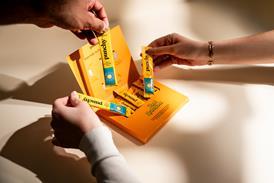


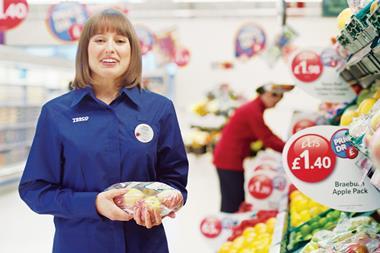






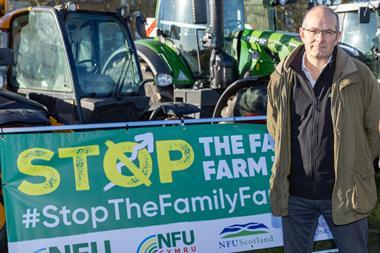
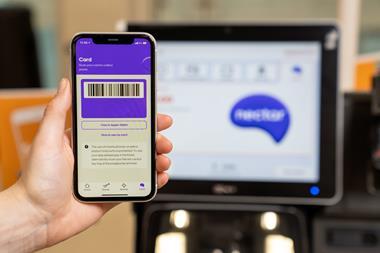

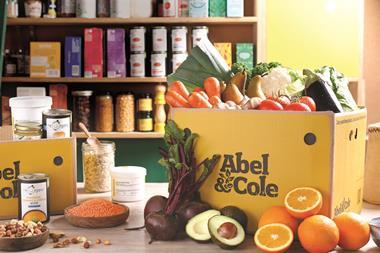
No comments yet